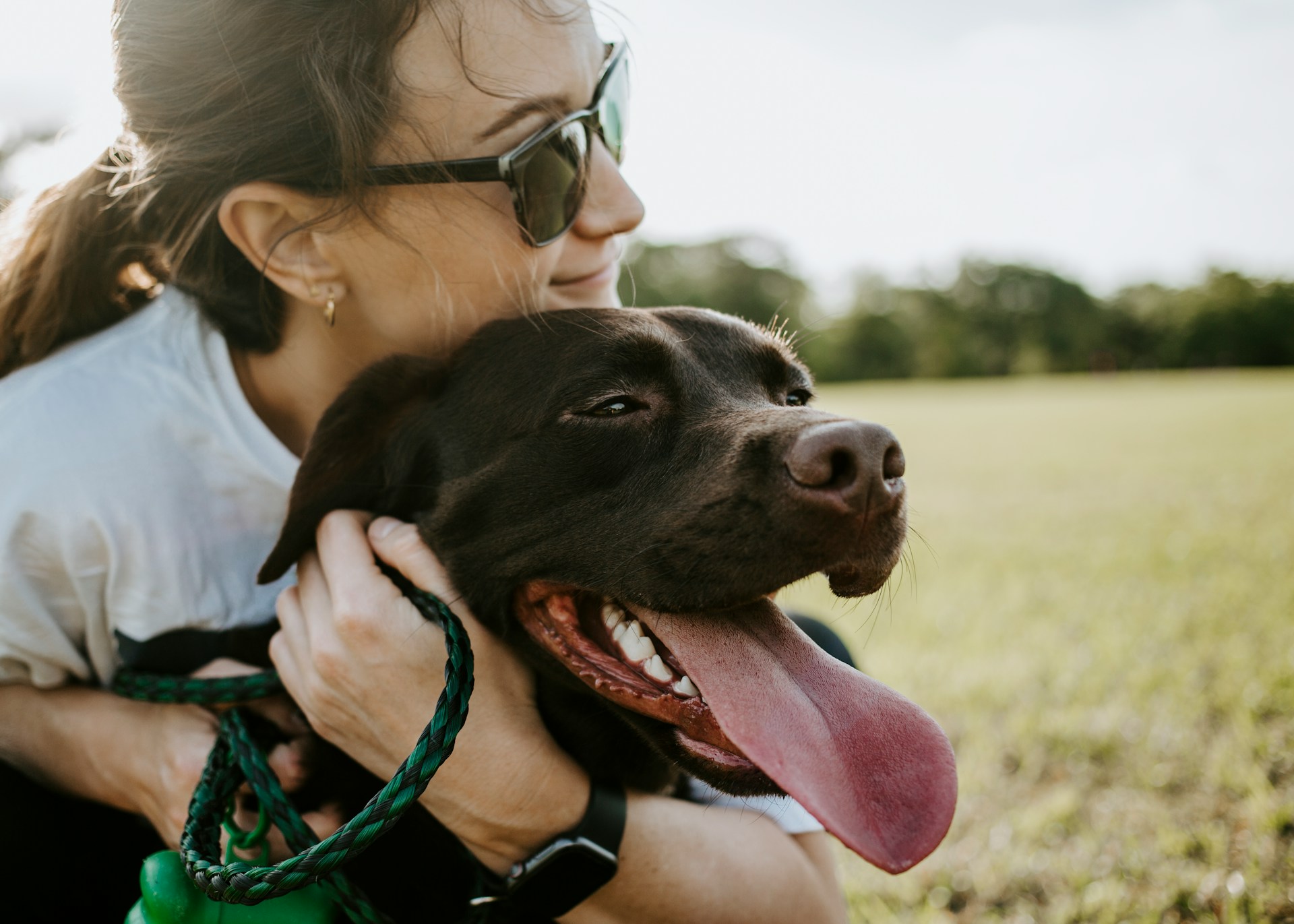Vet Visits Begin at Home: Tips for Ensuring a Fear Free Visit
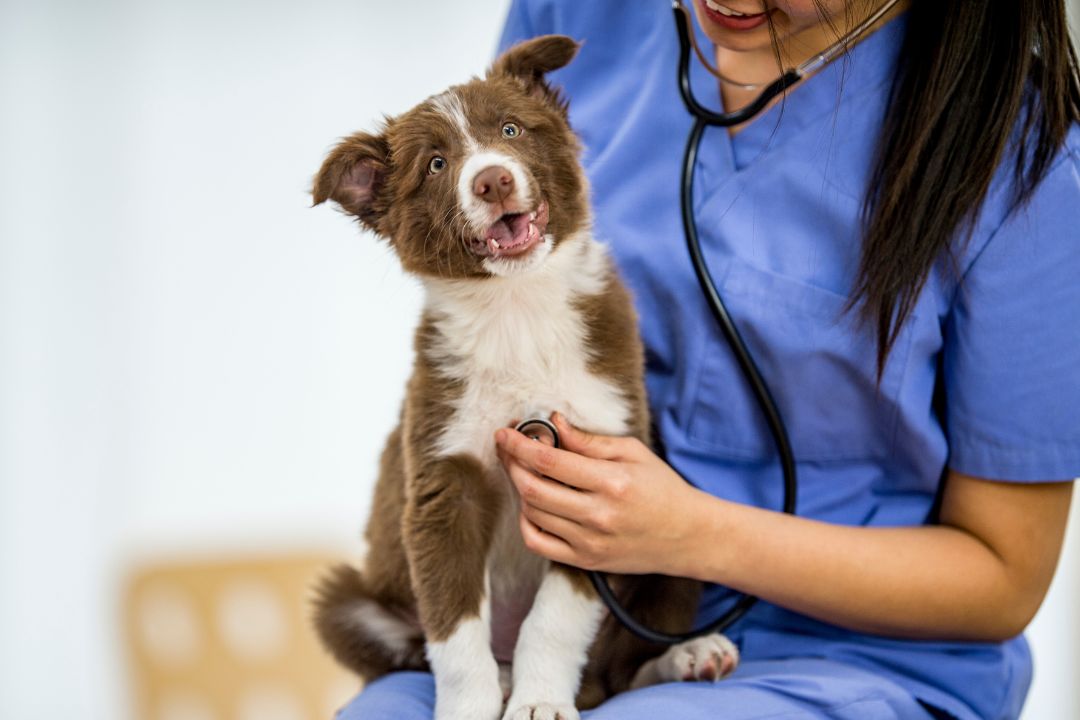
Fear Free® practices are designed to prevent or reduce the fear, anxiety, and stress experienced by pets in veterinary hospitals and other settings. Our hospital is designed to accommodate Fear Free® visits, and our veterinary team is Fear Free® certified. Even so, there’s a lot you can do at home to lay the groundwork for a relaxed visit.
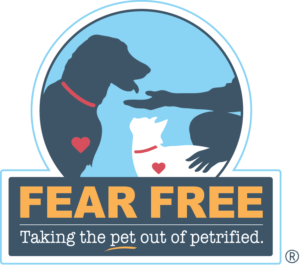
Get your pet comfortable with travelling.
For safety’s sake, medium-to-large dogs should ride in the back seat of your vehicle with an appropriate seatbelt harness. Cats and small dogs should be transported in carriers. The floor behind the passenger seat is the most secure location for a small pet carrier but the back seat is acceptable too if you can secure the carrier properly with a seatbelt. Provide a non-slip surface in and under the carrier or on the car seat to prevent sliding.
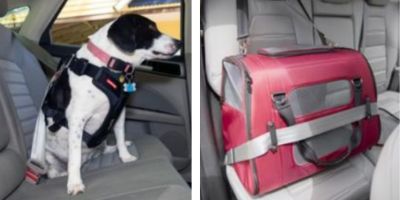
Getting used to a carrier.
- Keep the carrier out in commonly used areas of your home so it becomes a familiar fixture.
- Let your pet enter the carrier on his/her own and use food or toys to reward the behaviour.
- Place a pheromone-infused blanket or something with your scent in the carrier.
- Place treats in the carrier (e.g., catnip for cats or a KONG stuffed with canned food for dogs).
- Feed your pet in or near the carrier.
- Place your pet’s favorite toys or bedding near or inside the carrier.
- Play with your pet near the carrier from time to time.
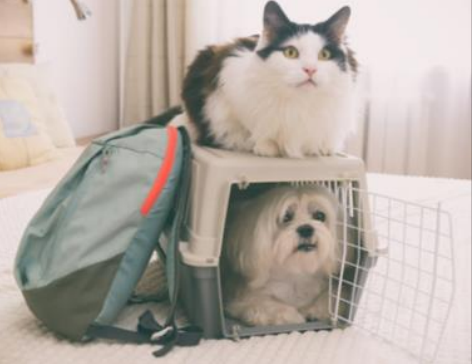
Getting used to your vehicle.
- Consider spraying the inside of your car with a calming pheromone.
- With the engine off, encourage your puppy or dog to enter the car using toys or treats. (Kittens or cats can simply be placed in the car in their carriers with a pheromone-infused towel or blanket over your carrier, leaving one side uncovered for ventilation.)
- Let your pet settle and relax, then start the car and let him/her get comfortable with the sound and feel of the engine running. Practice getting in and out of the vehicle a few times.
- Once your pet is comfortable being in a stationary vehicle, drive back and forth in the driveway a few times, then slowly increase the length of the drive.
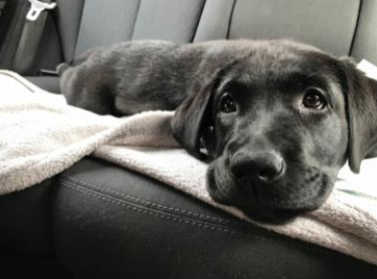
Bring your pet a little hungry along with a favourite snack.
If medically appropriate, reduce the amount of food you feed your pet before your visit. That helps prevent car sickness and makes treats offered at our hospital more appealing. Treats go a long way to building a pet’s trust and acceptance. We’ll provide the treats, but if your pet has a favourite, feel free to bring a few with you. We’ll ask before we offer a treat in case your pet has a food allergy.
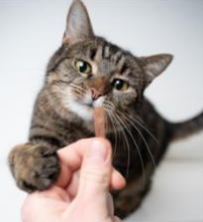
Burn off some excess energy before your visit.
Pets are generally a little calmer after they’ve had a bit of exercise. Before coming for a visit, take your puppy or dog for a short walk (or play with your kitten or cat if he/she’s up for it).
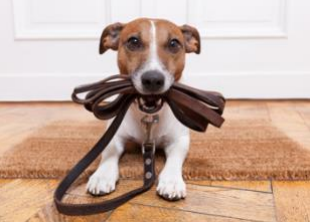
Give pre-visit calming aids as prescribed.
If your veterinarian has prescribed anti-nausea or anti-anxiety medications or supplements, please give them as prescribed to ensure that they’ve had enough time to take effect. Not every pet needs something to take the edge off of a visit, but for those that do, it makes a world of difference.
Bring an item that smells like home.
Feel free to bring an item such as a blanket or shirt that smells familiar to your pet, so she/he feels more at home at our hospital.
Consider using a calming pheromone to help your pet relax and feel safe.
Cats and dogs produce species-specific natural chemicals (pheromones) that help them feel calm and relaxed. Feliway® Classic (for cats) and Adaptil® (for dogs) mimic those pheromones and have the same effect. You can spray your car or pet carrier and bedding with these pheromones to help your pet make a positive association with confinement and travel. Feliway® Friends is also available to help reduce tension and conflict between cats at home (helpful when a cat returns from the hospital).
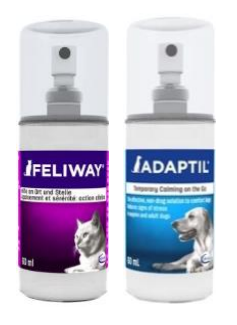
Budget plenty of time to avoid being rushed.
Cats and dogs are sensitive to a change in routine and need time to adjust to traveling and visiting the hospital. Cats usually need 5 to 10 minutes to adjust to their new surroundings to feel safe.
Manage your own energy.
Cats and dogs pick up on whatever vibe we’re projecting. They’ll stress if they sense our stress, so it’s important that you do what you can to project a vibe of “Life is good. Nothing to worry about here.”
Come for “Happy Visits.”
Puppies and dogs can benefit from visiting the hospital for nothing more than some praise, affection, and treats. No poking, prodding or medical procedures – just a friendly visit that helps them associate the hospital and our team with good times.
